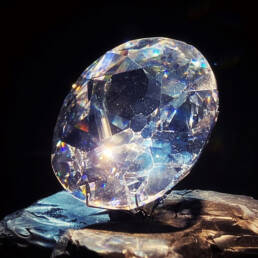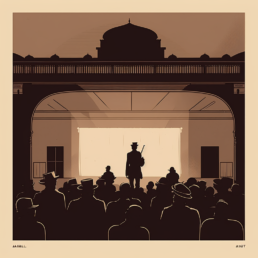A Sanskrit scholar, stage actor, classical dancer and mountain trekker, became the 1st Indian woman to win a game in Wimbledon. She stormed the Indian tennis scene in the 30s, donning a short skirt and shattering taboos.
In the 1930s India had witnessed the meteoric rise of a girl in the tennis arena. Leela Row was a versatile genius. She won numerous national and regional championships, cementing her legacy as one of India’s greats.
Leela was the daughter of Dr. Raghavendra Row and eminent Sanskrit writer Pandita Kshama Row. She was educated at home by her mother and was fluent in English, French and Italian.
She emulated her mother, who was not only a talented playwright, but also an avid tennis player. In the 1930s, Miss Leela and Mrs. Kshama Row, a powerful mother-daughter duo, won several doubles championships together.
Leela’s journey to Wimbledon was not a simple one. She was the All-India champion in 1931, but the Wimbledon authorities didn’t allow her to compete because the officials hadn’t received her entry money.
However, she made history at the 1934 Wimbledon Championship. After a grueling duel of 4/6, 10/8, and 6/2, Leela Row defeated Gladys Southwell in the first round to become the first Indian woman to win a game in the coveted Wimbledon.
Ida Adamoff of France defeated her in the second round in three sets, 3/6, 7/5, and 4/6. The following year, 1935, she made a comeback but was defeated by Evelyn Dearman in the opening round in straight sets.
Despite having a weak left hand, Leela was a distinguished tennis player. Her powerful drives, precision placement and attacking mindset made her an extraordinary star.
While most Indian women played tennis in sarees in the 1930s, including her mother, Leela was amongst the first to appear in a short skirt and bare legs to demonstrate that greater freedom of movement is the best approach to win a competition.
Leela undoubtedly had the huge advantage of being born into an affluent family and having a privileged upbringing, but that doesn’t undermine the great proficiency with which she dominated Indian tennis for a decade.
Later she achieved critical fame for penning numerous volumes on classical dances, including Manipuri and Bharatanatyam, in Sanskrit and English. She also helped with the Sanskrit theatre adaptations of several of her mother’s poetry.
Her mother was a major influence on Leela’s entry into stage, drama, and performing arts. She made one of her earliest stage appearances in India at a Subhash Chandra Bose-sponsored fundraiser for the flood victims of Bengal.
She played several lead roles in plays written by her mother and received favorable response from the audience in Bombay too. Besides that, she was a competent violinist trained in Paris.
Leela married Harishwar Dayal in 1943, an Indian civil officer who eventually served as India’s ambassador to Nepal. It was through him that she developed a love of mountain trekking.
Although Leela Row Dayal may be an obscure name today, let’s salute the iconoclast who paved the road for Indian women in the global tennis arena.
Sources:
Bombay Chronicles, Profiles by G Venkatachalam, India News, Shutterstock, Live Mint / The remarkable life of Leela Row Dayal by @sidin , maddy06.blogspot.com.




